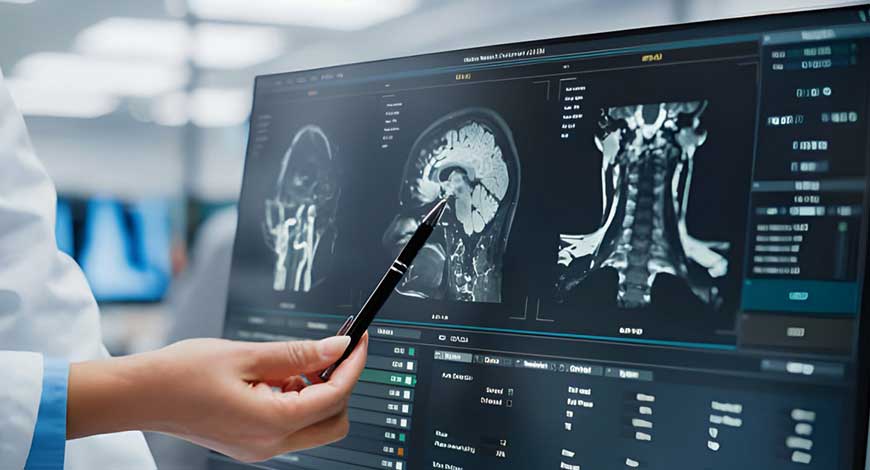Radiology faces a triple squeeze: rising scan volumes, stagnant radiologist head-count, and fast-evolving reimbursement that now rewards computer-assisted detection, triage, and quantification.
AI is no longer experimental; it is operational. Capital allocation is shifting, yet market signals remain noisy – valuations, attach-rate assumptions, and regulatory pace vary sharply by geography and modality. This report cuts through that noise and offers a single, evidence-weighted source of truth.
The World Market for AI in Medical Imaging 2025-2032 report quantifies and explains the fastest-growing slice of diagnostic imaging: software algorithms that detect, triage, quantify or automate findings across CT, MRI, X-ray/DR, Ultrasound and PET/Nuclear studies. The global market reached US $ 2.7 billion in 2023 and is projected to climb to US $ 28.4 billion by 2032 – a 29.9 % CAGR driven by enterprise “AI-store” contracts, payer reimbursement codes (NTAP, CADx CPT, Chinese subsidies) and rising scan volumes amid radiologist shortages. North America remains the single largest dollar contributor, but APAC overtakes Europe in growth rate after 2027.
CT and MRI account for >60 % of spend today, while Oncology AI overtakes Neurology by 2028. Seven proprietary frameworks – M, TEM, ARC, GTM Growth-Maturity, Platform-Leverage, Ecosystem Collaboration, and Solution Adoption & Growth – translate thousands of datapoints into four-quadrant visuals that flag where evidence, technical readiness and go-to-market execution converge. Research and Markets


